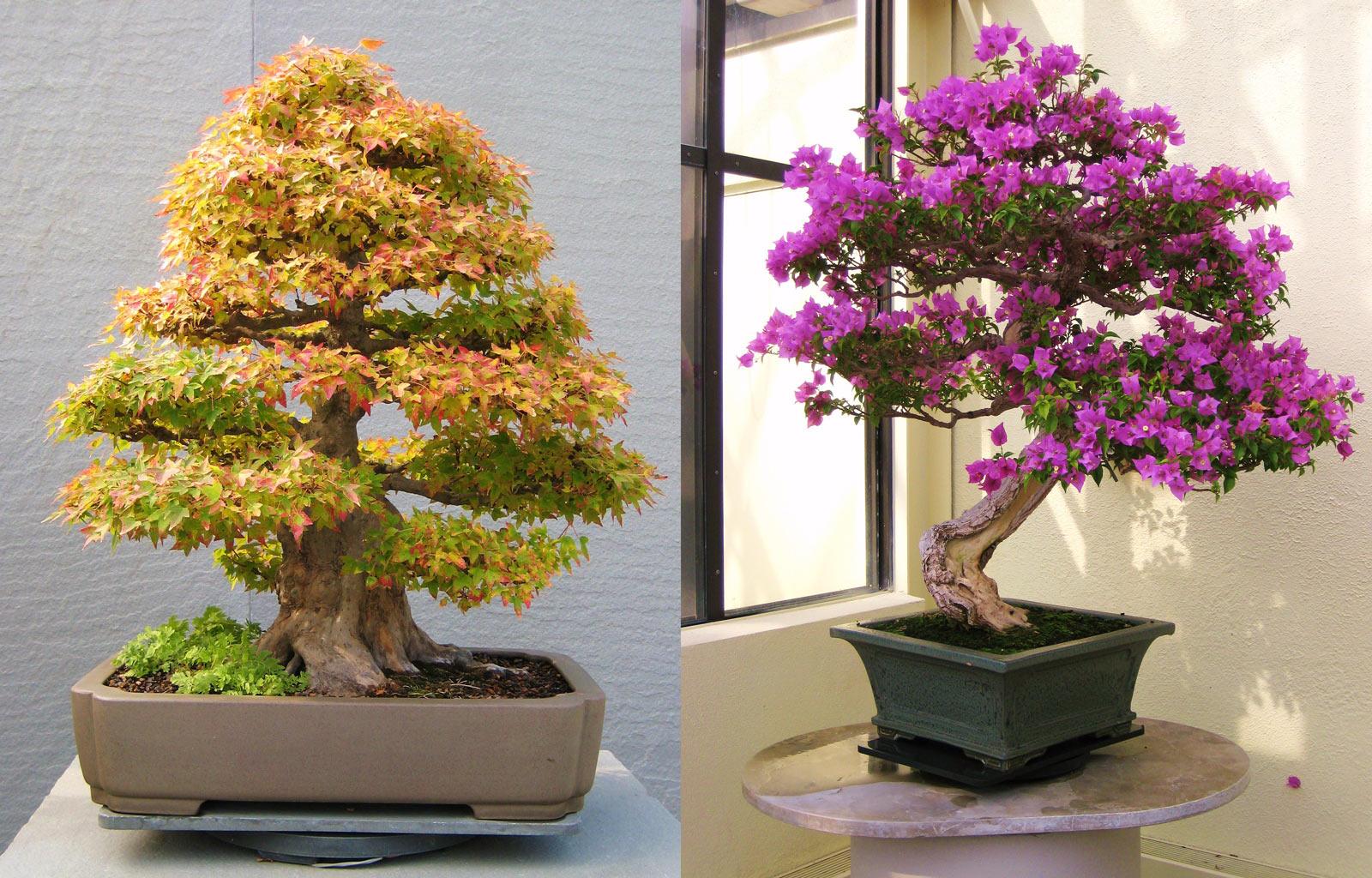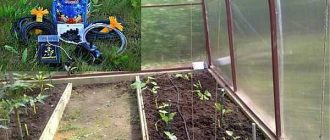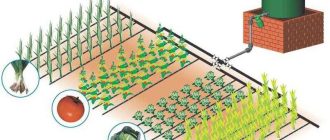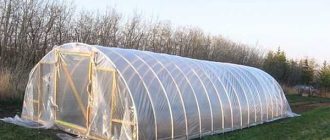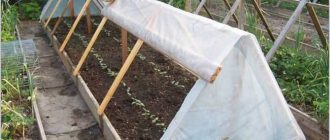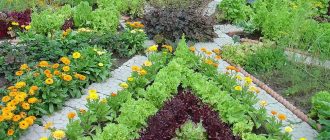بونساي هو فن حدائق مهمته زراعة شجرة مصغرة للزينة. تخيل شجرة صنوبر أو أرز أو قيقب تنمو في إناء صغير على حافة النافذة!
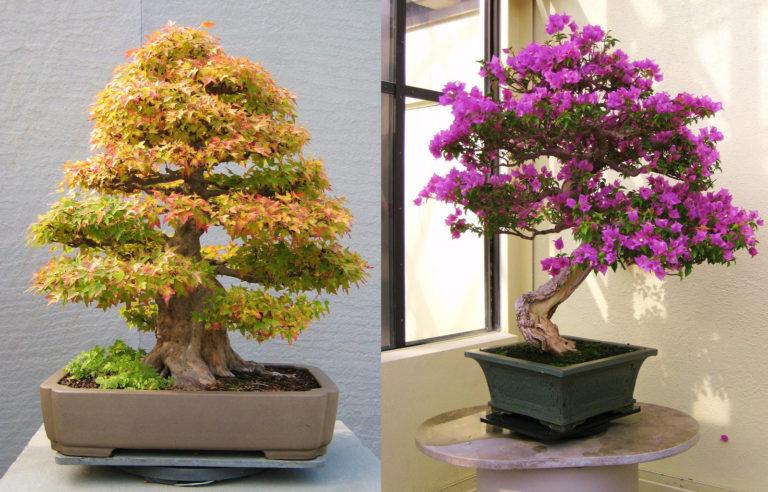
نشأ هذا الفن في اليابان منذ أكثر من 2,000 عام، ثم هاجر إلى الصين، ومنذ حوالي قرن من الزمان أصبح شائعًا في جميع أنحاء العالم. دعنا نتحدث عن كيفية زراعة البونساي، وكيفية اختيار النبات، والتربة، والوعاء، وكيفية تشكيل التاج، وما إلى ذلك.
محتويات المقال
كيفية اختيار نبتة للبونساي
يمكن أن تكون أشجار البونساي المزروعة من أي نوع: جميع الأشجار المتساقطة والصنوبرية، المزهرة أو ذات الأوراق الزينة. أي منها سوف (ويجب) يكرر الدورة الطبيعية. الخيار الأفضل هو النباتات ذات الأوراق الصغيرة والكثير من الفروع.
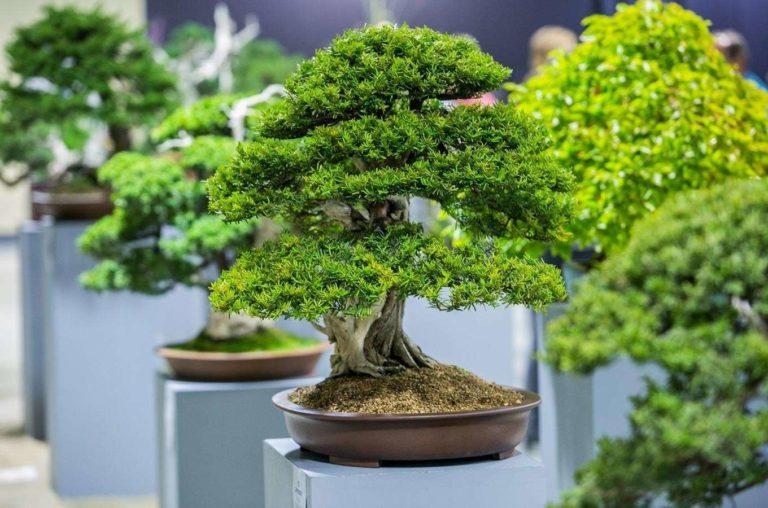
هناك أنواع محددة يوصى بها للبونساي:
- سفرجل ياباني؛ سفرجل بري؛ سفرجل صيني;
- الزعرور
- دردار صغير الأوراق، دردار القرفصاء;
- شجرة التنوب الكندية، شجرة التنوب الشائعة;
- الصنوبر الشائع;
- العرعر الصيني;
- أسبن
- اللبخ (كلها تقريباً، لكن الأفضل هو بنيامين);
- شجرة تفاح صغيرة مثمرة (يمكن أن تكون ذات أوراق حمراء أو خضراء)، برية;
يمكنك الاحتفاظ بالبونساي سواء في المنزل أو في الحديقة. يمكنك اختيار الموقع لكل منهما على حدة. لا يُنصح بتغييره.
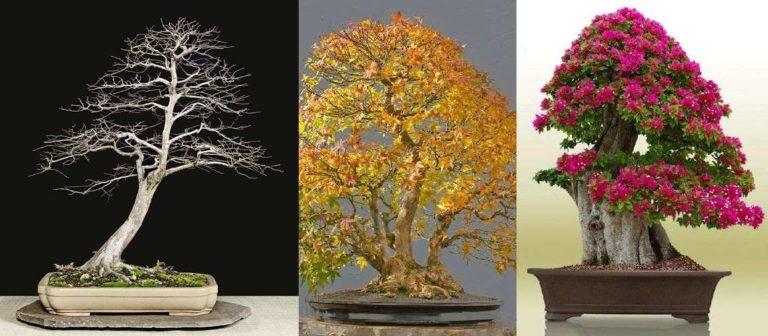
ضع في الحسبان أن النباتات المتساقطة الأوراق سيتغير لونها وتتساقط أوراقها في الخريف، وفي الربيع - لتطلق البراعم وتتفتح. إذا كنت لا ترغب في رؤية الأغصان العارية في الشتاء، فاختر شيئاً دائم الخضرة. على سبيل المثال، الصنوبريات أو غيرها من النباتات دائمة الخضرة.
بالنسبة للمبتدئين، فإن أفضل خيار للمبتدئين هو اللبخ بنجامين. فهو ينمو بسرعة، وله أوراق صغيرة لامعة وجذع ينمو أكثر سمكاً من تلقاء نفسه. سيبدو بالفعل خلال 5 سنوات كشجرة قديمة.
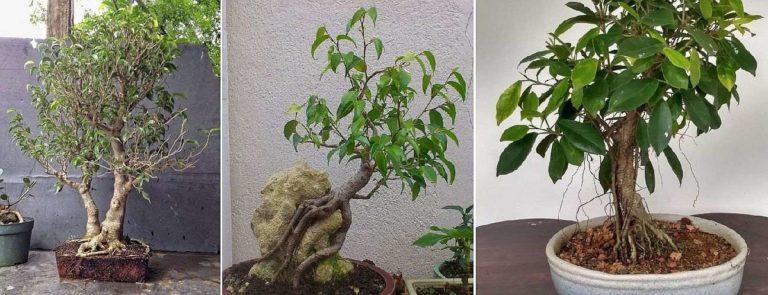
في موازاة ذلك، يمكنك محاولة زراعة شتلة صنوبرية أو نفضية. سترى الفرق.
أنماط بونساي
يبلغ عمر هذا الفن أكثر من ألفي عام، بحيث أن الأنماط الرئيسية فقط هي أكثر من عشرين نمطاً. أول شيء يجب القيام به هو اختيار النمط الذي ستشكل به شجرتك المصغرة.
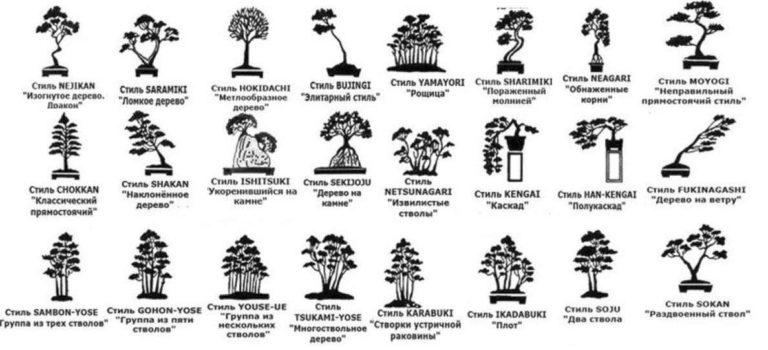
لاحظ أن الأنماط تختلف ليس فقط من خلال وجود أو عدم وجود منحدر، وعدد الجذوع، ولكن أيضًا من خلال موقع الفروع الرئيسية. إذا أعجبك هذا النمط أو ذاك، ابحث عن وصفه التفصيلي وبعض الصور. كل هذا سيكون مطلوباً عند تشكيل الجذع والتاج.
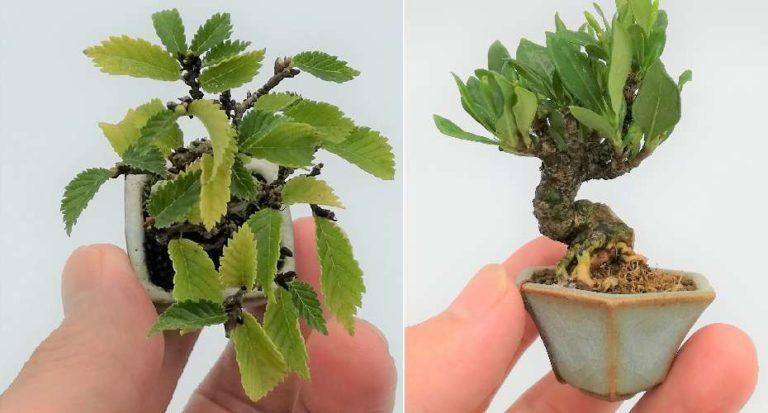
هناك أيضًا تقسيم لأشجار البونساي حسب الحجم. هناك خمس فئات رئيسية، وفي ثلاث منها يوجد أيضاً تدرج في الأحجام. ترد أحجام أشجار البونساي في الجدول أدناه. كما يوجد أيضًا نظائر يابانية/صينية تحمل أسماء يابانية/صينية.
| الفئة | الفئة الفرعية | ارتفاع شجرة البونساي | الاسم الروسي | حجم وعاء بونساي |
|---|---|---|---|---|
| مامي | كيشي-تسوبو | أقل من 2.5 سم | صغير | 3-8 سم |
| سيتو | 2.5 سم إلى 7.5 سم | 5-10 سم | ||
| جافو | 8 سم إلى 3 سم | 10-15 سم | ||
| سيحين | كومونو | 13 سم إلى 17 سم | صغيرة | 12-20 سم |
| ميابي | 18 سم إلى 25 سم | 15-25 سم | ||
| كيفو | كاتادي موتي | حتى 40 سم | متوسط | 25-46 سم |
| تيو/تيوهن | كاتادي موتي | 40 سم إلى 60 سم | كبير | 40-90 سم |
| أومونو | 60 سم إلى 120 سم | |||
| داي/داي/دايزا | بونجو | أكثر من متر | ضخم | 75-125 سم |
تقنيات (طرق) زراعتها
بعد ذلك، نحدد نقطة البداية. هناك ثلاث تقنيات لزراعة أشجار البونساي:
- من البذور (يستغرق تكوين نبتة شبيهة بالبونساي من 12 إلى 15 سنة);
- من الشتلات (5-7 سنوات على الأقل);
- بالعقل (بعض الأنواع ستبدو مثل البونساي بعد 4-5 سنوات).
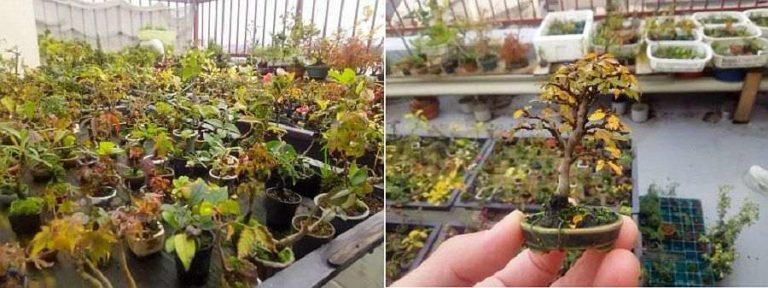
مع أي طريقة من طرق الزراعة، ينمو النبات في وعاء "البادئ" إلى الارتفاع المطلوب. يحدث تشكيل التاج وانحناء الجذع أثناء نمو "البليت". في وعاء "البالغين" يتم نقل الشجرة الصغيرة الجاهزة بالفعل، والتي انتهت من النمو.
ماذا تفعل بالبذور
إذا قررت الإنبات من البذور، ضعها لموسم البرد في وعاء به طحالب وضعها على الرف السفلي في الثلاجة. حتى الربيع. عندما تكون درجات الحرارة منخفضة، تستعد البذور للنمو عندما ترتفع درجات الحرارة. وتسمى هذه العملية بالتقسيم الطبقي. في الربيع، قم بزراعة البذور في الأرض، وحافظ على التربة رطبة قليلاً، ولكن لا تدعها تفسد. ستظهر البراعم بسرعة وستبدأ في النمو على الفور.
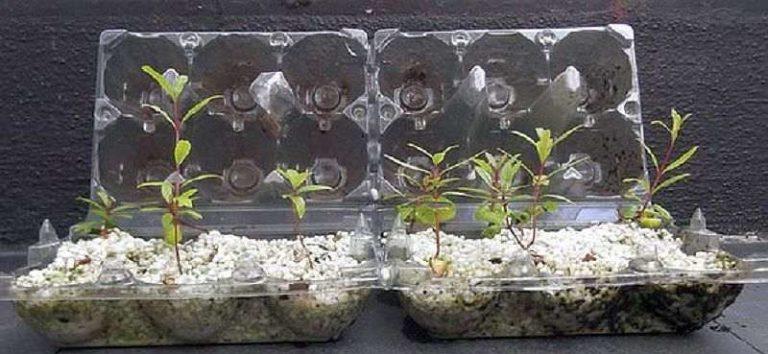
التقسيم الطبقي ضروري للنباتات في منطقتنا المناخية. إنبات بذور الأشجار الاستوائية بعد نقعها في الماء لمدة 24 ساعة.
تُروى البذور النابتة وتُترك لتنمو. عندما يصل ارتفاعها إلى أكثر من 10 سم، يمكنك نقل كل منها إلى وعاء خاص بها، والانتظار شهرين حتى تتجذر وتبدأ في النمو.
اختيار الشتلات
من الأسرع زراعة البونساي من الشتلات. تُزرع في الخريف. سيكون الأمر أسهل بكثير إذا قمت بشراء نبتة مختارة ومجهزة من متجر متخصص أو مركز حدائق.
وبشكل عام، يمكن العثور على الشتلات في الغابة، ولكن من الأفضل أن تكون على السطح أو على صخرة أو سياج. حيث لا توجد تربة كافية. يجب ألا يزيد ارتفاع النبات عن 15-20 سم. ومن المستحسن أن يكون لديها بالفعل فروع جانبية كافية.
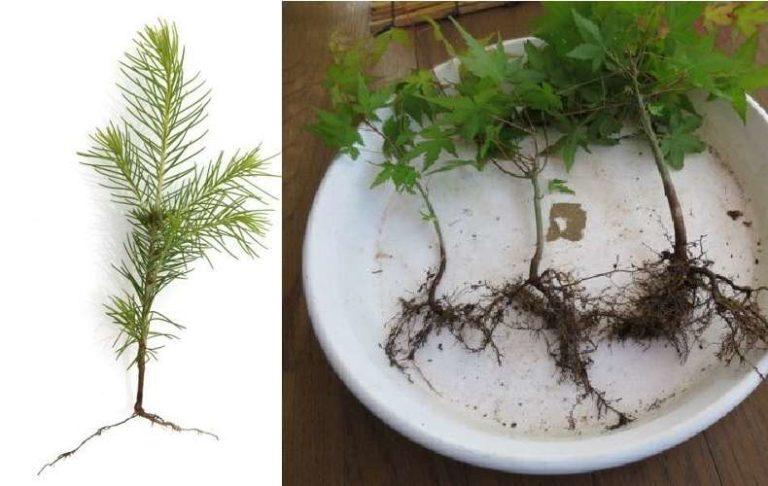
إذا قمت بالحفر، خذ القليل من التربة "الأصلية" - سيكون التكيف أسهل. حتى الربيع، دع النبات يتجذر في الأصيص.
قصاصات للبونساي
يجب عليك أخذ قصاصات للنباتات الغريبة مثل اللبخ والتين وشجرة الشاي وغيرها. يتم قطعها في الربيع من النباتات البالغة (قبل ظهور البراعم الصغيرة) من الجذع. يبلغ طول القصاصات حوالي 25 سم. من الناحية المثالية، يجب أن يكون هناك عدة فروع جانبية. يُقطع الجزء العلوي الناعم جداً من القصاصات بشكل موازٍ للأرض. يتم أيضاً قطع الجزء السفلي الصلب جداً ولكن بزاوية مائلة. قم بإزالة الأوراق السفلية، إذا كانت كبيرة، قم بقطع معظمها، مع ترك نصف ورقة.
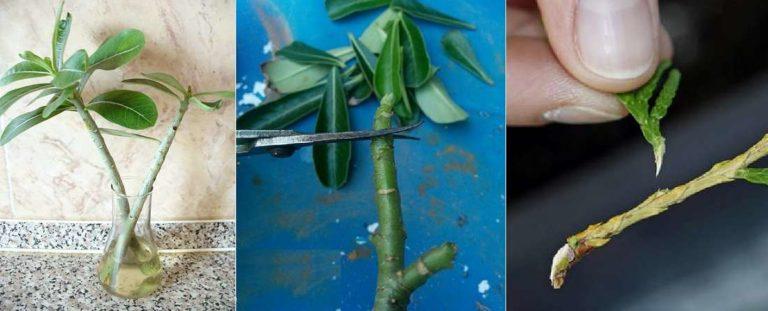
تُغمس القطعة السفلية في عامل التجذير.
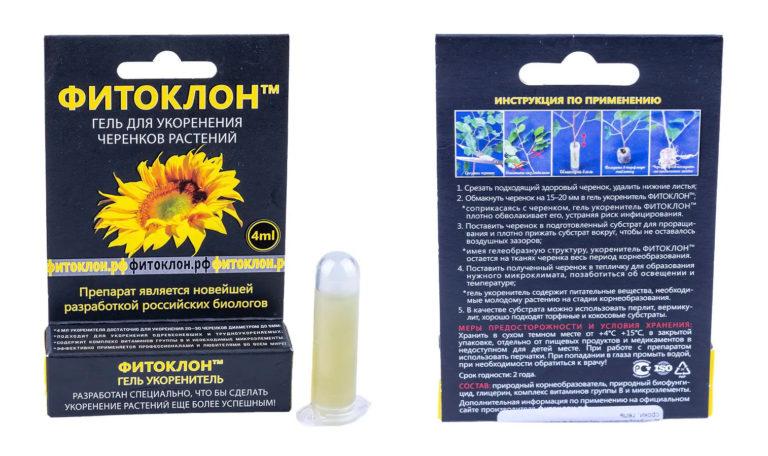
يمكن الاحتفاظ بالقصاصات في الماء حتى تظهر الجذور أو زرعها على الفور في إناء طيني (عادي) مع تربة حديقة عادية. قم بتعميق القصاصات بمقدار 5-7 سم. ضع الإناء/الوعاء مع القصاصات في الظل والماء بانتظام. عندما تظهر أوراق جديدة، انقل الإناء تدريجياً إلى مكان أكثر إضاءة، ولكن ليس في الشمس المفتوحة. قم بإطعامها مرة واحدة في الشهر. قم بزراعة الشتلات لمدة عام أو عامين حتى تصل إلى الارتفاع المطلوب.
وعاء للبونساي
إذا نظرت إلى الصور المختلفة، ستجد أن جميع الأشجار الصغيرة تنمو في أواني عريضة ومسطحة. وهذه ليست مصادفة. فمن خلال الحد من نمو نظام الجذر في العمق يتم قمع نمو الجزء الموجود فوق الأرض. تحتاج إلى العثور على مثل هذا القدر - واسع، مع جوانب منخفضة الارتفاع. أفضل للجميع - السيراميك. من الناحية المثالية، بشكل عام، الحجر. ترد الأحجام التقريبية للأواني لكل فئة من أشجار البونساي في الجدول أعلاه.
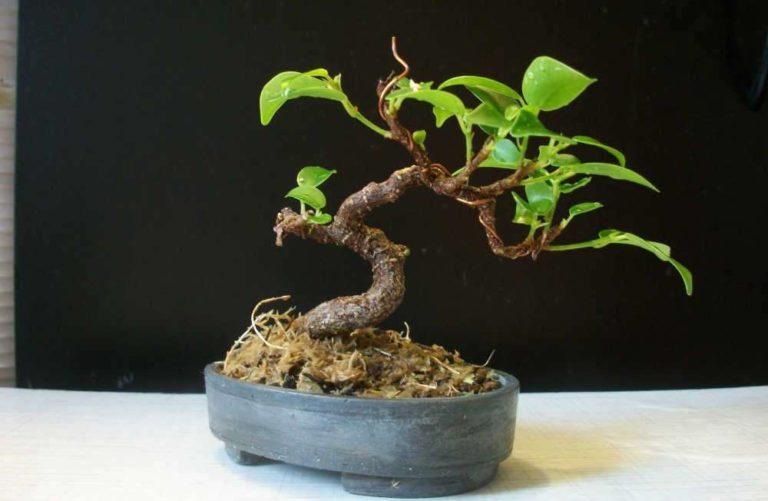
يجب أن يحتوي إناء البونساي على عدة فتحات تصريف. ومن المثالي أن يكون هناك فتحتان على كل جانب. يتم تمرير سلك من خلالهم يتم من خلاله تثبيت النبات.
لاحظ أنه أثناء عملية الزرع، لا يتم تغيير الوعاء. عند النمو المسبق (التشتت) استخدم وعاء "بداية". لا تزال هذه ليست بونساي بل مجرد أصيص لها. ستقضي بقية عمر الشجرة الصغيرة في نفس الإناء.
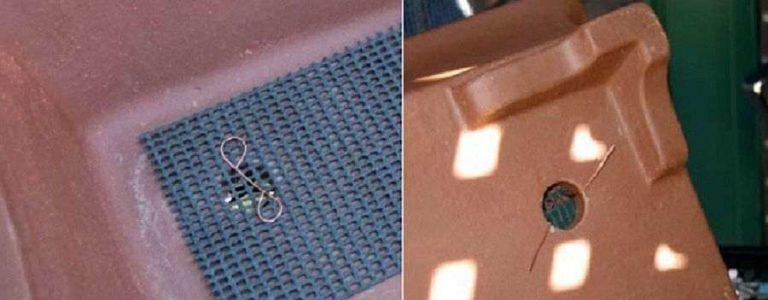
نظرًا لوجود مساحة صغيرة لنظام الجذر، تنبت الجذور في الثقوب لجريان المياه. لمنع تحول ذلك إلى مشكلة، اربط قطعة من شبكة الحديقة فوق الحفرة. يمكن لصقها بالسيليكون أو تثبيتها بقطعة من الأسلاك، كما هو موضح في الصورة أعلاه.
التربة
يجب أن تقوم بتكوين تربة لزراعة شجرة بونساي بنفسك. تعتمد الوصفة على نوع النبات. بالنسبة للأنواع الاستوائية، خذ التركيبة التالية:
- رمل نهري (خشن) - 40%;
- تربة الحديقة - 30%;
- سماد عضوي - 20%;
- الخث المسحوق - 10%.
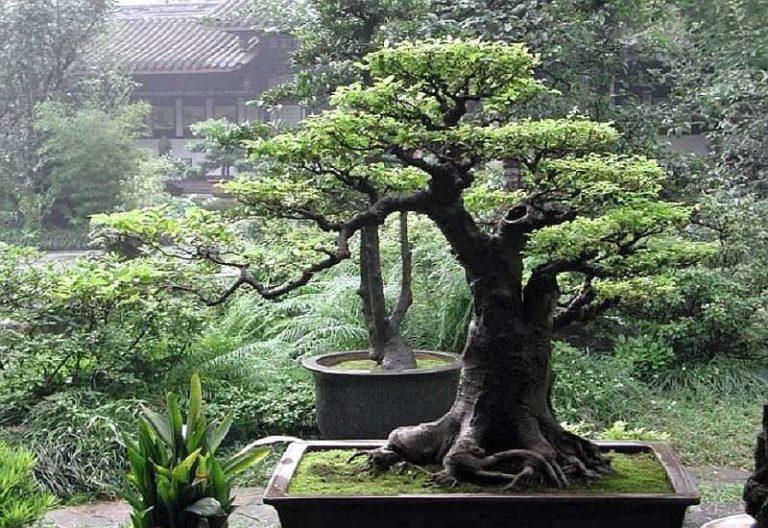
بالنسبة لنباتات منطقتنا المناخية، خذ 3 أجزاء من تربة الحديقة، وجزء واحد من كل من الرمل والجفت. هذه نسب تقريبية يمكن تعديلها. على سبيل المثال، بالنسبة لتلك النباتات التي تنمو بشكل أفضل في التربة الرملية، خذ كمية من الرمل أكثر من تربة الحديقة.
الثني والتشكيل
لإعطاء الشجرة الشكل أو الميل المطلوب، يتم استخدام أسلاك الألومنيوم أو النحاس السميك. يتم لفها حول الجذع والأغصان. جميعها في الوقت الحالي أو فقط تلك التي تحتاج إلى "الحركة" أو الانحناء.
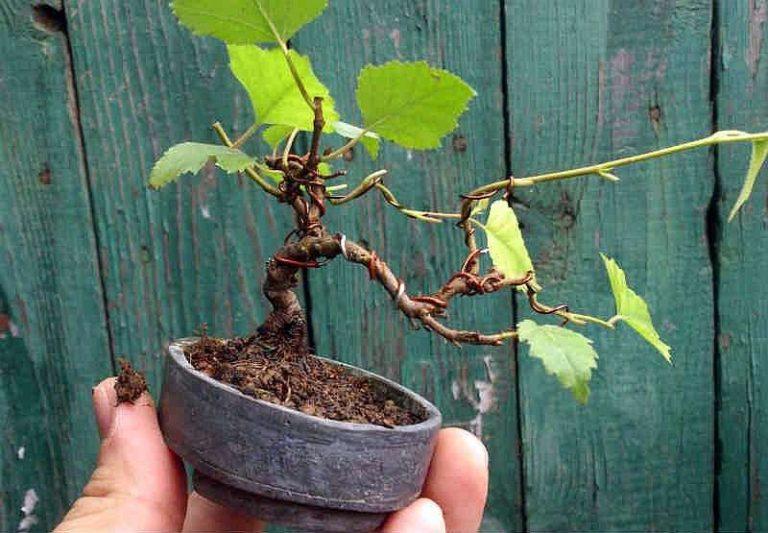
ابدأ عادةً من الجذع. ابدأ من الجذور، وانتقل إلى الأعلى. ثم انتقل إلى الفروع. إذا كنت لا تريد ترك علامات على السلك، لا تقم بلفه بإحكام شديد. بمجرد وضع السلك في مكانه، قم بثني النبتة ببطء ورفق في الشكل المطلوب. في بعض الأحيان يجب عليك لف السلك بشكل حلزوني مزدوج لتثبيت الجذع.
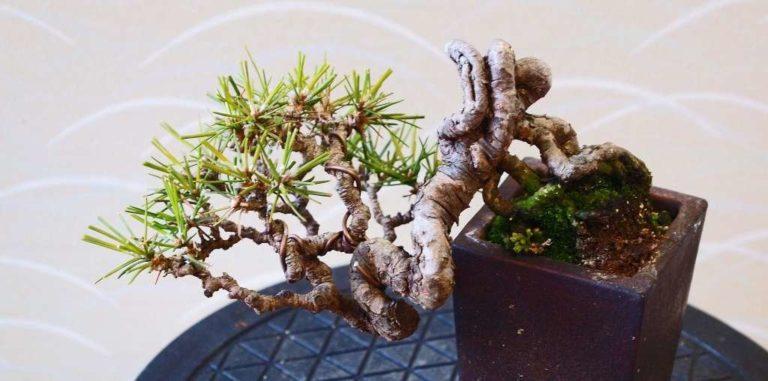
كن حذرًا بشكل خاص عند ثني الصنوبريات. فبالنسبة لهم عليك البدء في التشكيل في وقت مبكر من السنة الأولى/الثانية. لذلك، خذ شتلات صغيرة أو قصاصات عمرها عامين. عند زراعة أشجار التنوب والأرز والصنوبر والصنوبر والصنوبر بونساي، قم بتشكيل الأغصان بمجرد توقف نمو البراعم الصغيرة. قم بقطعها جزئياً ولف الباقي بالأسلاك وتوجيهها في الاتجاه المطلوب.
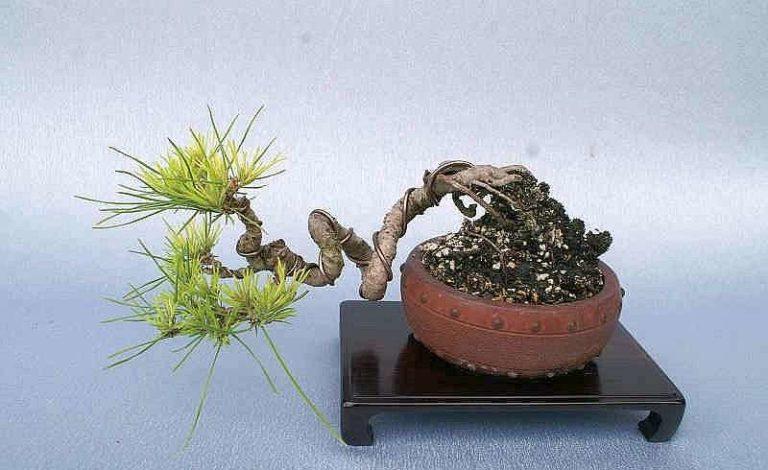
باستخدام السلك تحتفظ بالنبات من نصف عام وأكثر. خلال هذا الوقت، تقوم بسقيها بانتظام، وتغذيتها بالأسمدة الخاصة بالأنواع النامية. ثم يمكنك إزالة السلك ونقل النبتة إلى الوعاء "الرئيسي".
التقليم
يعد تقليم شجرة البونساي عملية مستمرة. تتم العملية الأساسية قبل وضع السلك. تقوم بقطع جميع الفروع الزائدة، وتنتظر حتى تشد الجروح (تتوقف العصارة عن الإفراز وينمو اللحاء). الآن يمكنك ربط السلك. في المستقبل، بمساعدة التقليم، يمكنك الحفاظ على التاج بالشكل والحجم المرغوب فيه، مع قطع كل الزائد. خلال موسم النمو، قد يكون من الضروري قطع الفائض مرة واحدة في الشهر.
لقطع الأغصان دون إحداث عدوى، استخدم مقصات التقليم المعقمة أو المقصات. دهن موضع القطع بمبيد فطري بستاني لمنع التعفن.
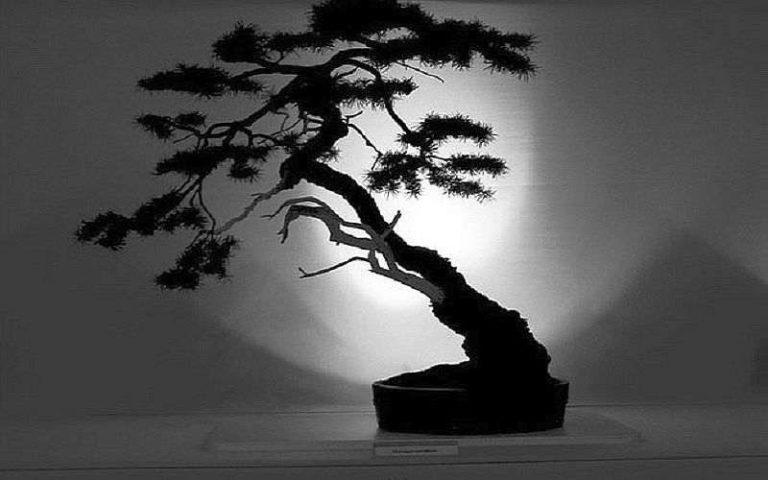
عند التقليم، ضع في ذهنك (أو أمامك) صورة لما تريد الحصول عليه. وشكل التاج بالشكل الذي تريده بالضبط. يمكن أن يتم التقليم إما من القاعدة (سواء كان جذعًا أو فرعًا أكبر) أو بترك "جذع" من بعض البراعم.
إعادة التسميد: القواعد، تقليم الجذور، تحضير الوعاء
تُعد إعادة وضع البونساي في أصص ضرورية لاستبدال التربة المستنفدة وتقليم الجذور وإزالة الأجزاء الفاسدة والمريضة. وهو مطلوب كل 2-3 سنوات. يتم تغيير الوعاء مرة واحدة فقط - عندما ننقل الشجرة من وعاء "صغير" إلى وعاء دائم. ولا يتم تغييره في المستقبل.
عند الزرع يتم غسل الوعاء من الداخل وتطهيره. يتم تسخينه حتى 90-95 درجة مئوية من الماء المغلي وتغييره عدة مرات. لإبقاء الشجرة ذات الجذور مسطحة تقريباً، يتم تمرير سلك من خلال الثقوب لتدفق الرطوبة الزائدة. سيؤدي ذلك أيضًا إلى تثبيت الشباك في مكانها.

قم بإزالة النبات ونفض التربة وقطع الجذور. عند الزرع من إناء مشتل، قم بإزالة ما يصل إلى ثلثي الجذور. اقطع الجذور المتجهة إلى الأسفل، واترك الجذور الأفقية. يظهر مثال على تقليم الجذور في الصورة أعلاه.
إذا كان نظام الجذور أشبه بالإسفنج ولا يمكن عزل الجذور، خذ عصا خشبية رفيعة (سيخ) واثقب الكتلة من أعلى إلى أسفل. وفي الوقت نفسه، يتم قطع جزء من الجذور وتقويم جزء آخر. عندما تتمكن بالفعل من فهم ماذا وأين، اسحبها بأصابعك وابدأ في التقليم.
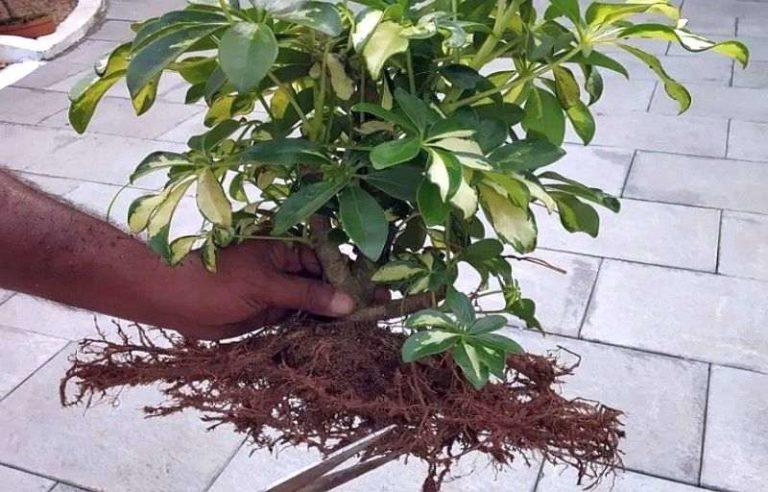
ضع النبتة المُعدّة في الإناء، ثم ضع سلكاً في الجذور وثبّت البونساي. املأ 3/4 حجم الإناء بخليط التربة المُعد. بعد الزرع ببضعة أسابيع، احفظه في الظل، وقم بسقيه بانتظام، ولكن تأكد من عدم تعكر التربة. انقل الإناء تدريجياً إلى المكان الذي يجب أن يقف فيه.
هذه تعليمات موجزة عن زراعة البونساي. يتطلب النبات المشكّل تغذية ورعاية، وهو ما يحتاجه هذا النوع. والفرق عن نظائرها "العادية" هو التقليم والزرع.

